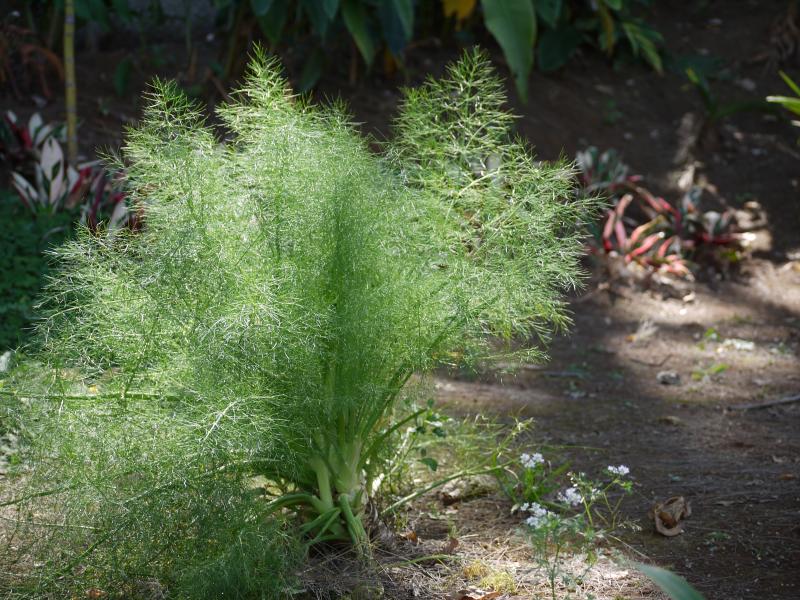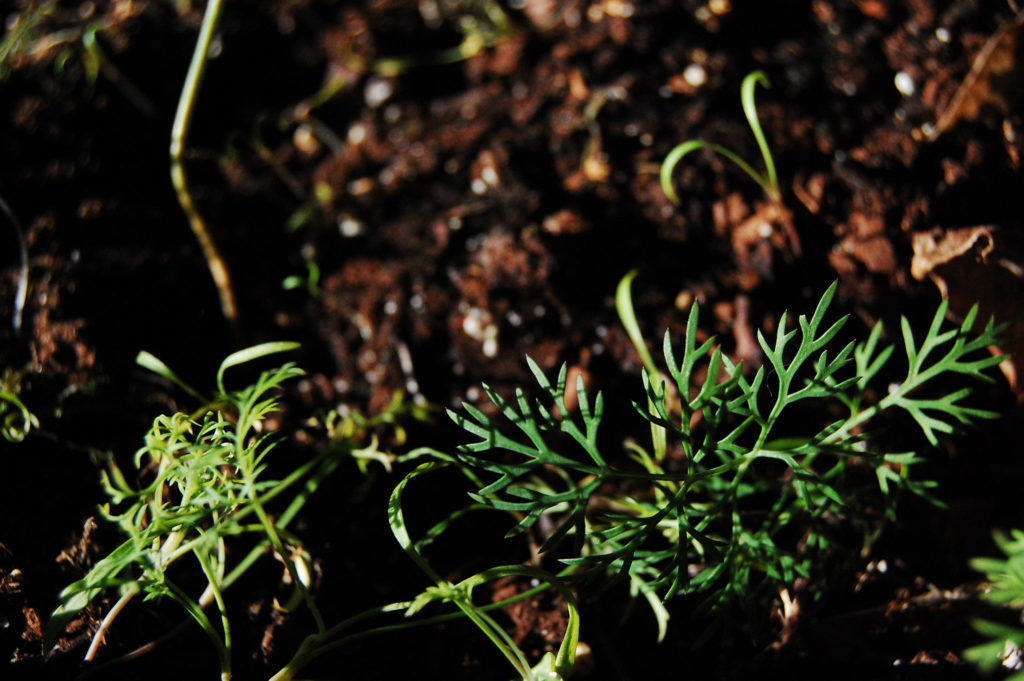Dill weed is a delicious herb used in many different cuisines throughout the world. Native to the Mediterranean, Europe, and Asia, it is commonly used in soups and stews. It is thought that dill was used as far back as the ancient Greeks and Romans and is a great source of vitamins such as vitamin B2, B9, and C. Due to its unique fragrance, dill tends to attract many different beneficial insects such as wasps and predatory insects that will protect the other plants in your garden. All parts of dill are edible, including the flowers, but it is most common to only consume the leaves or seeds.
Growing Herbs: How To Plant Dill

Dill requires minimal fertilizer and only a light watering once a week. It is the perfect herb for any aspiring gardener. Dill requires full sun exposure throughout its growing period and takes roughly 70-90 days to reach maturity. The ideal pH balance of the soil should be slightly acidic to neutral, a 6.5-7.0.
Sow dill seeds a quarter inch deep in nutrient rich soil, watering occasionally. As with most plants, make sure the soil is well drained to prevent root rot. After 10 to 14 days, the seedlings should begin to sprout. After another two weeks, it is recommended that you thin the seeds and space them a foot apart. In about 90 days your dill plants will be mature with a height of 16-24 inches (40cm to 60cm). The shoots of dill branch out to a length of 4 to 8 inches (10cm to 20cm). Due to the height of dill, you may need to stake the ground to prevent the dill from blowing over during intense winds. If you decide to grow dill in containers, make sure the container is at least 12 inches deep and wide.
Dill is very frost sensitive and requires a lot of sunlight. Dill cannot survive temperatures below 25F and is best grown in USDA growing zones 2 through 11. If you are growing dill in cooler climates like zones 2-5 we recommend growing dill inside your home or a greenhouse.
Harvesting Dill
Many plants require pruning. Thankfully, picking the dill for consumption also serves as pruning the plant! Use a regular pair of kitchen scissors to trim your dill plant. Be careful not to trim more than a third each time you harvest as dill will require some leaves to survive. Dill grows quickly, so after each harvest it won’t take long for fresh growth to start.
Dill is best enjoyed fresh to ensure it has potent flavor. To store your freshly harvested dill, place it in some shallow water in your refrigerator. Dill stored this way may only last for a few days. Drying your dill is the best way to store it long term, although it will lose some of its flavor potency. To dry out the dill, utilize a dehydrator with the heat turned off. This will ensure the dill leaves are not damaged during the drying process. Once the dill leaves are dry, place them into an airtight jar and store in your cupboard.

Dill Pests and Diseases
Root knot nematodes are staved off by adding beneficial nematodes to your soil. They will act like a mini plant police force protecting your dill from the root knot nematode. Tell-tale signs of root knot nematodes are root damage and your dill looking sickly. These nematodes attack the taproots of the dill and eat up much of the nutrients and moisture from the soil.
Aphids are small insects that like to feed on the dill plants. Visible to the naked eye, if you see aphids, apply neem oils or insecticidal soaps to your dill plant.
Armyworms and cutworms will climb and chew up your dill plants. To remove the worms, utilize a pesticide with bacillus thuringiensis (BT). This bacterium should kill off the worms and protect your soil.
Downy and powdery mildew are prone to affect dill. These fungi will leave yellow or white powder dust across the dill leaves. Neem oil should be used if detected early. For a severe outbreak of mildew, applying a copper-based fungicide should do the trick.
Cercospora leaf spot is another fungus that will cause necrotic damage to the dill plant. Similar to mildew, applying a copper-based fungicide should help mitigate this fungus.

Growing Herbs: How to Grow Dill Conclusion
As you can see, dill is an easy to grow plant that you can enjoy throughout the year. Planning to add dill to your garden is easy with our garden planner Hortisketch. Sign up for Hortisketch to start planning your garden today!
Cover image source by Gwenn Seemel.

Contact Author
 info@gardensavvy.com
info@gardensavvy.com Recent Posts
- Smart Gardening: How Technology Is Revolutionizing Horticulture
- Understanding Gardening Zones: What You Need to Know
- The Right Tools For Your Gardening And Landscaping Needs
- Maximizing Your Harvest: Square Foot Gardening Chart for Beginners
- Holiday Garden Scents: Plants for Natural Aromatherapy in Your Home









